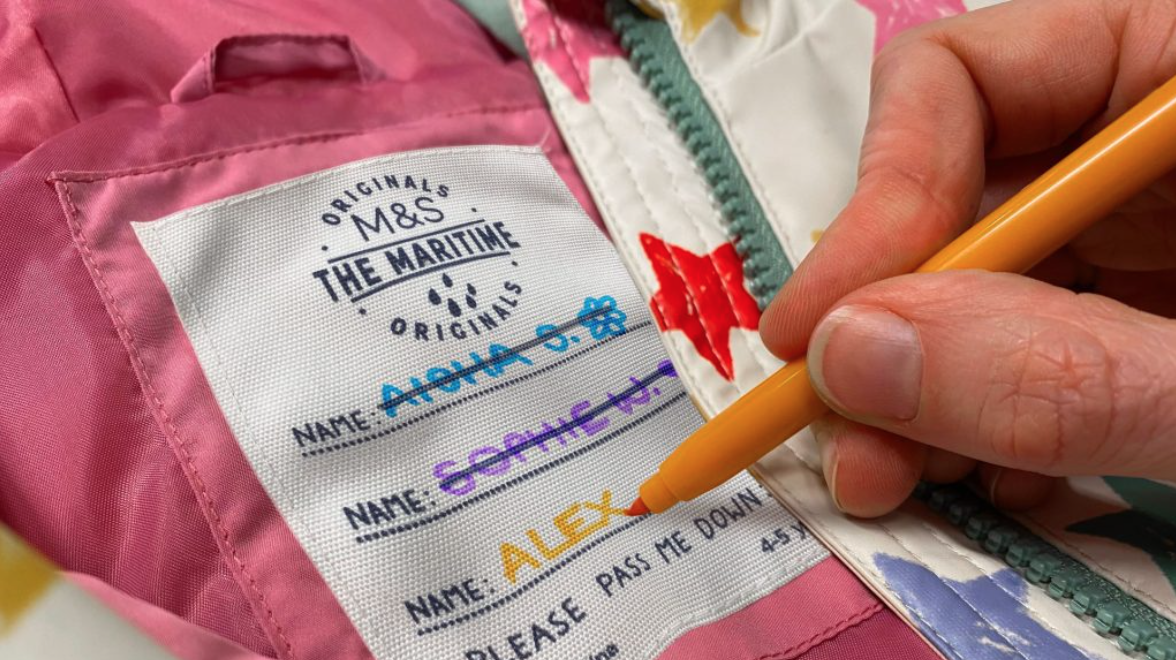Poshmark Allows Brands To Sell On Its Platform
Secondhand marketplace Poshmark launched a new program, Brand Closet, that lets big brands sell directly to Poshmark's 80 million users, according to a company release. Brands can share limited-time products, create brand pages, conduct email campaigns, manage inventory and logistics,

Secondhand marketplace Poshmark launched a new program, Brand Closet, that lets big brands sell directly to Poshmark’s 80 million users, according to a company release.
Brands can share limited-time products, create brand pages, conduct email campaigns, manage inventory and logistics, and do one-on-one clienteling through Poshmark services.
Poshmark began a pilot of Brand Closet in 2020.
In the release, Poshmark CEO Manish Chandra called Brand Closet “a win for everyone.” Brands get what Poshmark describes as a vast, engaged audience of millenials and GenZers who often buy a brand for the first time on the company’s platform. Poshmark gets more sellers engaged on its platform.
The secondhand sector is getting too large for brands and retailers to ignore. According to ThredUp’s latest survey, used apparel sales are projected to reach $77 billion in five years.
Earlier this year, for example, Urban Outfitters launched its own secondhand marketplace, on which customers can opt to trade in clothes for virtual cash. Nike, Gap, Levi Strauss and Lululemon, among others, have to varying degrees entered the secondhand market recently.
Poshmark lists among its brand clients Lucky Brand, Hue, Dose of Colors and Free People (an Urban Outfitters brand). Chandra said that by opening up Poshmark to big brands it is “empowering them to build loyal, lasting connections with a coveted audience, tap into a new sales channel, and bring shoppers the kind of personalized service that is all too rare in e-commerce.”
Earlier this month, Poshmark unveiled a new suite of services and a dedicated team, led by co-founder Tracy Sun, meant to help the millions of sellers who use its platform.
The new tools include the “My Shoppers” clienteling feature, which the company has now opened up to large brands. It allows sellers to send promotional discounts or make personalized product suggestions through Poshmark. The company also launched a dashboard, dubbed “Closet Insights,” that provides sellers with real-time inventory and sales data.
For the first half of 2021, Poshmark’s revenue increased more than 30% year over year, though its operating profit turned negative, with a loss from operations of $23.6 million compared to a $10.2 million operating profit in the first half of 2020. (Excluding stock-based compensation, Poshmark’s operating income was positive for 2021 so far.)
Poshmark’s latest move positions the marketplace as a friend to brands, as opposed to a competitor. It’s not alone in its efforts to capture the hearts and minds and dollars of brands. ThredUp, for instance, has partnered with Madewell, Fabletics and many others.
By Ben Unglesbee for Retail Dive
 English
English







